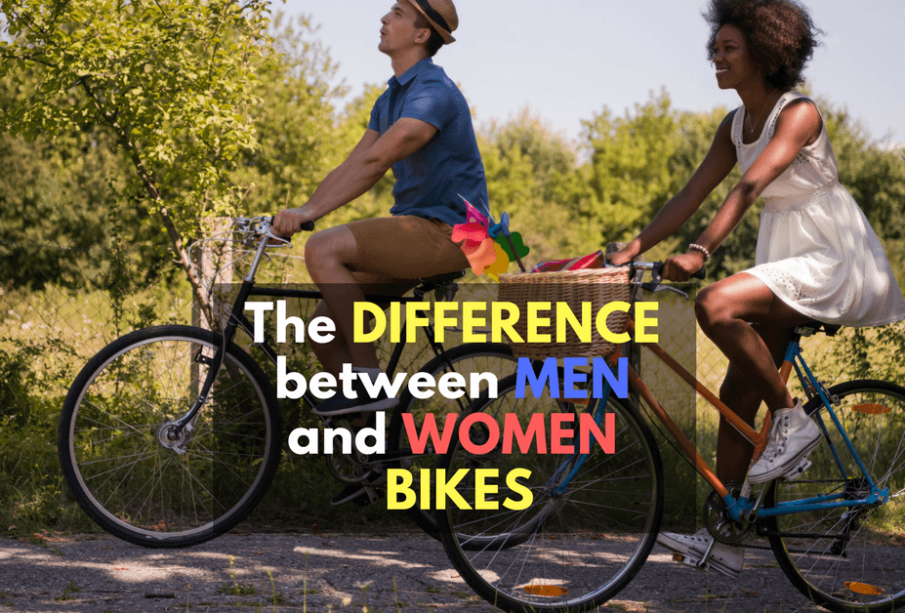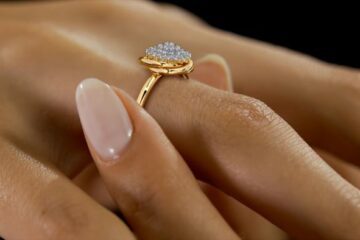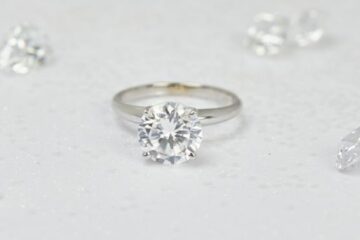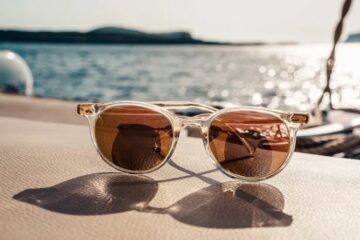What’s the Difference Between Women’s Vs Men’s Bikes

Is there really any such thing as “mens bikes” and “womens bikes”? Or is it all just a matter of marketing? The answer to that question is complex. Many of the features of what we now recognize as women’s bikes were developed in the 19th century when bicycles were first invented and the accepted norms of behavior and dress for women and men were very different. Other features take into consideration that there tend to be certain physiological differences between men and women and are intended to make riding more comfortable for the latter. Here is an explanation of the features most characteristic of women’s bikes and the purpose they are intended to serve.
Table of Contents
Frame
Compared to men, women generally tend to be smaller, with proportionally longer legs, shorter torsos, and shorter arms. On bikes for women, the top tube, stem, and brake levers tend to be shorter so it is more comfortable to reach the pedals, handlebars, and brakes.
On women’s bikes, the top tube also tends to slant downward on a diagonal instead of being parallel to the ground. This is to allow women to get on the bike more comfortably and modestly while wearing a skirt, which was a societal norm for women during the 19th and early 20th centuries. Today, most women choose to wear shorts or slacks while riding bikes, and the step-through frame is no longer as necessary as it once was. However, women who commute to work on bikes may appreciate being able to ride while wearing a skirt.
Saddle
Men and women alike may be more comfortable with a saddle designed specifically to accommodate their anatomical differences. Women’s ischial tuberosities, or sit bones, tend to be farther apart than those of men. Therefore, bicycle seats made for women tend to be wider to better accommodate them. Both women and men who experience pain in the perineum or groin may benefit from a saddle with an anatomic relief zone that takes the pressure off these areas.
Handlebars
Women’s shoulders tend to be narrower than men’s shoulders, which means that regular-sized handlebars can be difficult for them to manage. For this reason, handlebars on women’s beach cruisers and similar bikes may be narrower to accommodate this anatomical variation.
Double Standards
In the past, the main difference between men’s and women’s bikes were that the latter tended to be smaller and available in more “feminine” colors, such as pink and purple. Manufacturers may have put less effort into bikes made for women, thinking that performance was secondary. Attitudes have shifted over the years. What were traditionally known as “men’s bikes” are now more likely to be called “unisex bikes,” and it is more acceptable for women to ride them.
Unfortunately, the shift in attitude has not meant the end of the double standards. While it is now more acceptable for a woman to ride a “man’s” bike, a man or teen boy who rides a “woman’s” bike may be subjected to ridicule despite the fact that a “woman’s” bike may be a better fit because of his slight build.
Everyone should be able to ride the style of bike that fits best, regardless of gendered expectations or marketing techniques. Someday, perhaps bikes will be truly gender neutral. In the meantime, you can find a bike that suits you from an online retailer.










